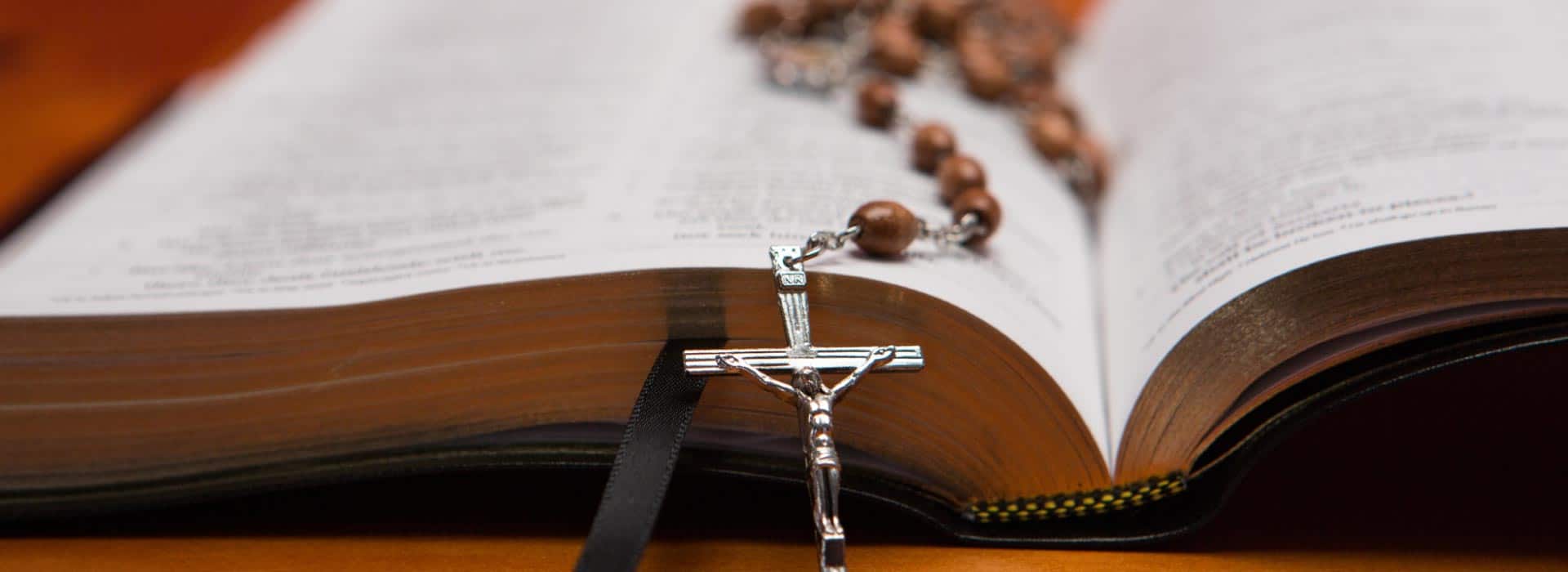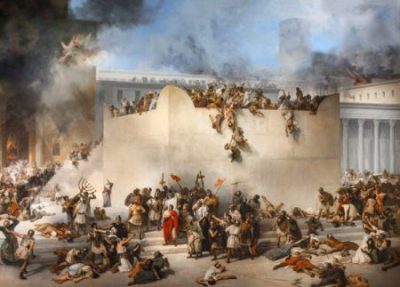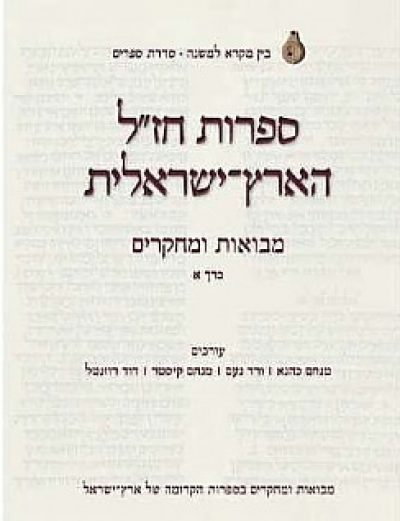In the 23rd chapter of Leviticus, the children of Israel were commanded to bring a special grain offering to the High Priest on the second day of Pesach and then to count fifty days until the next pilgrimage festival. The period of counting –between Pesach and Shavuot (Pentecost)—seven times seven weeks, is called Sefirat HaOmer, literally, the counting of the barley measure. In the Torah, there doesn’t seem to be any special significance to this period, except that it connects Pesach with the next festival, for which no date is given. Without the counting, we might not know when to celebrate the next festival. For the meanings of this period, we must turn to later Rabbinic literature.
Part of the meaning is simply as a way of connecting Pesach and Shavuot, particularly when the latter is celebrated as the time of the Giving of the Torah. Counting the Omer gives us a unit of seven weeks in which to make spiritual preparations for the moment of Revelation at Mt. Sinai.
In the Talmud, this period of the year is infused with a sense of sorrow. It is connected with the failed revolt against Roman conquest of 132-135 CE. The period in later Jewish history became associated with the Crusades and other persecutions of the Jews. There are mourning customs practiced during this period, including a prohibition against weddings, haircuts, and certain other things that are perceived as festive or joyous. Some scholars have suggested that perhaps the mourning goes back to an even earlier source and reflects the anxiety of the ancient farmers as to the outcome of their harvest. After all, they say, the time of year between Pesach and Shavuot is characterized in the Land of Israel by very erratic weather. Pesach is officially when we stop praying for rain, but rains can come after Pesach, and they are generally unwelcome. There can also be sand and dust storms, extremely hot weather or chilly weather, all of which can be detrimental to the crops. So, rather than make premature celebrations, what the farmers did during this time was to pray, wait and hope for a successful harvest.
But, according to Rabbinic tradition, on the 33rd day of this period, there is a temporary respite from mourning and a time of celebration. The name for this traditional half-holiday is Lag Ba’Omer, literally, the 33rd day of the Omer. The Talmud records somewhat mysteriously that a certain plague which had been killing off the students of an ancient rabbi, R. Akiva, somehow miraculously was lifted on that day. If we bear in mind that these students were also the soldiers who led the revolt against the Romans, we may conclude that all of this is a kind of code to say that the plague was the ultimate defeat of the revolt, but on that particular day, a victory was won in battle by the Jewish soldiers under their commander, Bar Kochba.

Until the mid- 20th century, Jews remembered these events by engaging in a daily ritual counting and observing the prohibitions of the period. The day of Lag Ba’Omer, however, was always an opportunity to hold weddings and other celebrations and to go on picnics, outings, sports days, even when the Jews were living as a minority, for example, in Europe. Here in Israel, several hundred thousand Jews travel to Mt. Meron, just outside of Safed, for a celebration which can take up to a week but reaches its peak on Lag Ba’Omer itself. This is also the anniversary of the death of R. Shimon bar Yochai, an ancient mystical rabbi, who is thought to be buried on that spot. Chassidim bring their three-year-old sons there to have their hair cut for the first time. Bonfires are lit along the sides of the mountain. Throughout Israel, both religious and secular youngsters stay up all night around campfires, where they sing, dance, eat, tell stories, and so on. This is a good example of folk culture overtaking the Rabbinical authorities. While Lag Ba’Omer was not a major celebration in the past, it has become more and more popular, especially among Sefaradi or Mizrachi Jews, and also, because of the growing interest in Jewish mysticism.






